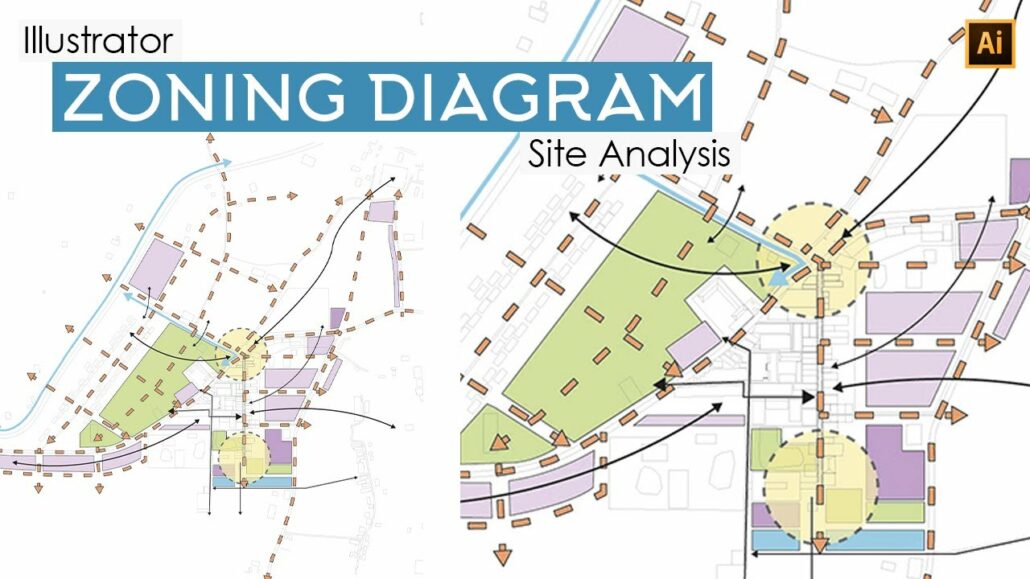Zoning Analysis Appraisals
A Zoning Analysis examines the property’s current zoning classification and how it impacts the potential uses and value of the land or building. Zoning regulations dictate how properties can be used—whether for residential, commercial, industrial, or mixed purposes. Appraisers analyze local zoning laws to determine whether a property complies with its designated use and to assess potential opportunities or limitations for future development. Zoning analyses are essential for developers, investors, and property owners considering changes in property use or expansion, as they ensure that the property aligns with the governing regulations and possible future uses.
Why Zoning Analysis Is Important
Conducting a zoning analysis is essential before purchasing, developing, or redeveloping any piece of land or building. It ensures that your intended use aligns with local regulations and prevents costly mistakes such as denied permits or code violations. For example, you may want to build a multifamily complex on a lot, but zoning might only allow single-family homes. A proper zoning analysis reveals such limitations early in the planning stage, helping you adjust your plans, apply for zoning variances, or seek rezoning if necessary.

Key Elements of Zoning Analysis
A thorough zoning analysis includes a review of several critical components:
Zoning Classification: Identifies the specific zoning code assigned to the property (e.g., R-1 for residential, C-2 for commercial).
Permitted and Conditional Uses: Details what uses are allowed outright and which require special approval.
Development Standards: Analyzes rules for building height, floor area ratio (FAR), lot coverage, minimum lot size, setbacks, and parking requirements.
Overlay Zones or Special Districts: Some properties may fall under additional regulations due to historical, environmental, or redevelopment overlay zones.
Recent Amendments or Rezoning Applications: Checks if there have been any changes to the zoning code or if rezoning may be feasible.
These components collectively determine what is possible on a given property and what additional steps may be required for approval.

Who Needs Zoning Analysis?
Zoning analysis is an essential tool in the real estate, development, and legal industries, used to assess how a property can be legally used under current municipal codes and regulations. Understanding zoning compliance and future use potential is critical for minimizing risk, maximizing value, and ensuring successful project outcomes. A wide range of professionals and stakeholders benefit from thorough zoning analysis in their day-to-day decision-making.
Real estate developers and investors are among the primary users of zoning analysis. Before acquiring land or buildings, they must determine whether the intended use—such as residential development, retail space, or mixed-use—aligns with current zoning regulations. Zoning analysis helps identify development restrictions, required permits, density limits, setbacks, and height restrictions. It can also uncover opportunities for rezoning or variances that could significantly increase a property’s value or usability.
Architects and urban planners rely on zoning data during the design and planning phases of construction projects. Their work must adhere to zoning codes related to building dimensions, land use classifications, parking requirements, and accessibility standards. Early zoning analysis ensures that proposed designs are both compliant and feasible, preventing costly redesigns or project delays later in the process.

Zoning Analysis in Real Estate Appraisal
In the context of appraisal, zoning analysis is vital for determining highest and best use, legal conformity, and marketability. For example, if a building is legally non-conforming (grandfathered under previous zoning laws), it may affect the value and future use of the property. Appraisers must confirm whether the current use complies with zoning or if restrictions could limit renovations or redevelopment. This analysis helps determine not only what the property is worth today but what it could be worth under its legal development potential.

Conclusion
Zoning Analysis is a critical first step in any real estate project, providing clarity on what is legally allowed and guiding smarter, compliant development. By thoroughly understanding zoning classifications, permitted uses, and development standards, stakeholders can avoid legal pitfalls, reduce risk, and unlock the full potential of a property. Whether you’re buying land, planning a new construction, or assessing an investment opportunity, a detailed zoning analysis ensures your project is built on a solid, lawful foundation.
